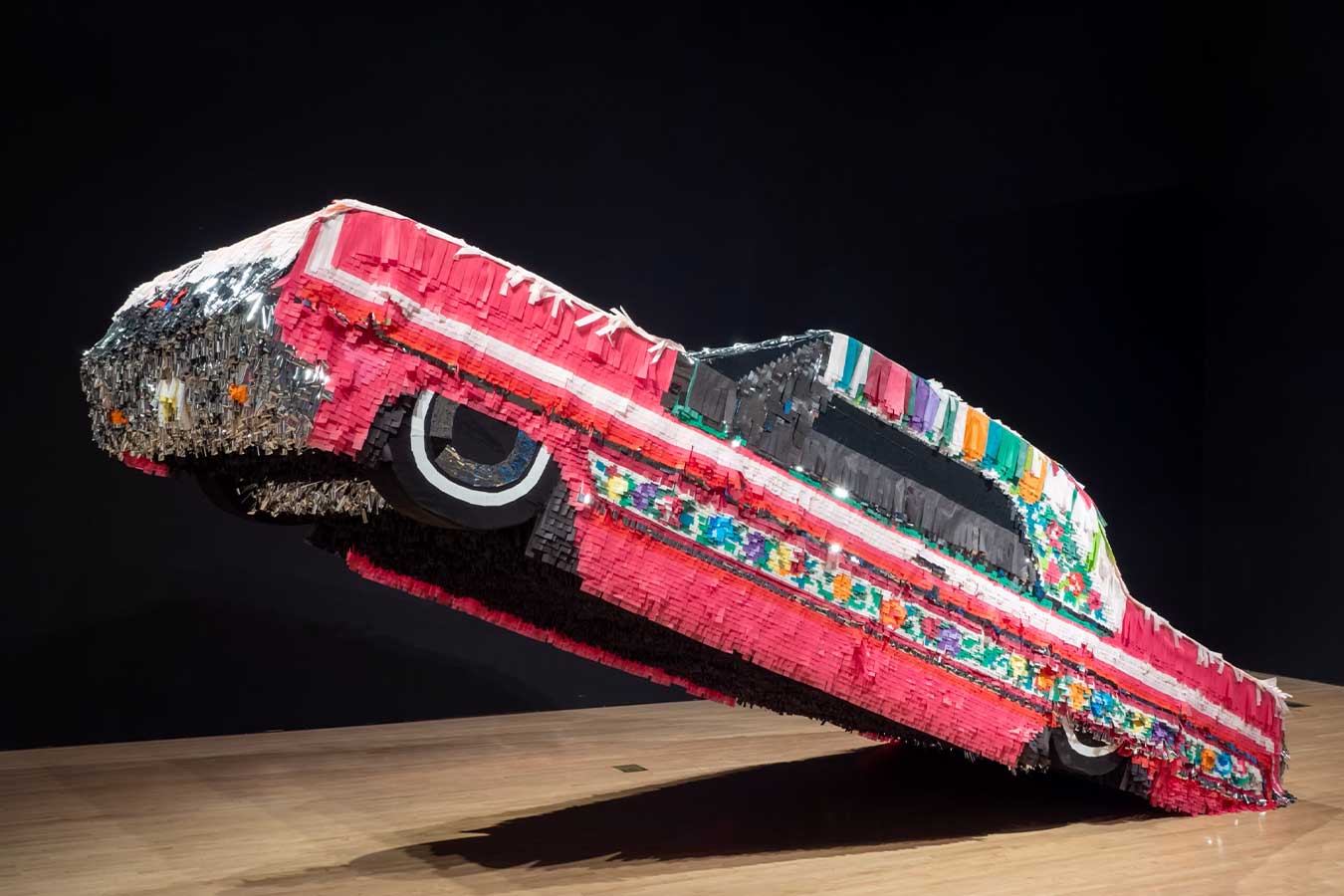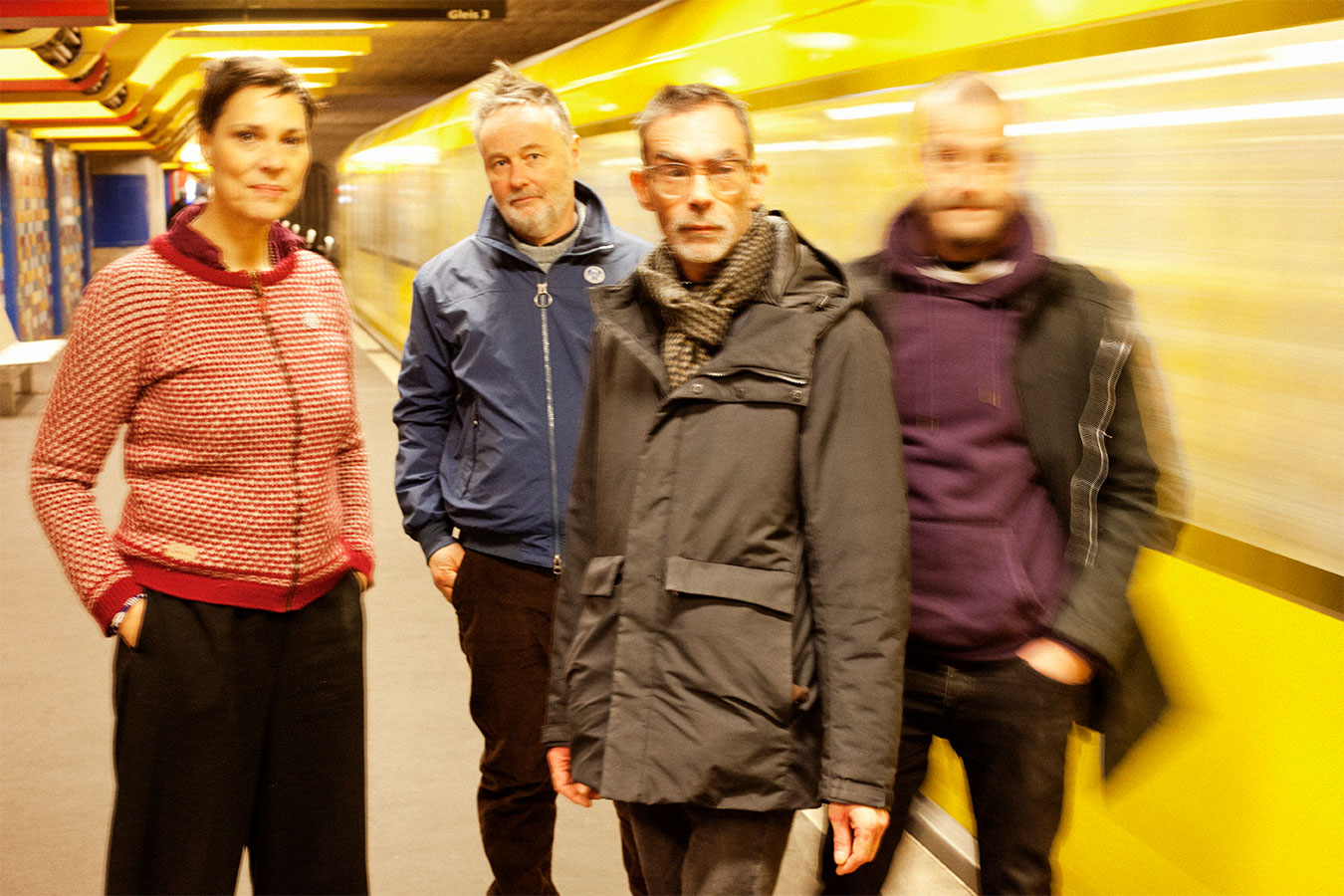Comic Future Primer: Walead Beshty
September 19, 2013

Unmasking (Action Comics 379, Adventure Comics 349, Alpha Flight 12B, Batman 321, Batman 458, Batman 506, Batman Family Giant 9, Betty and Veronica 117, Black Magic 1A, Black Magic 1B, Black Orchid 428, Black Orchid 429, Blackhawk 210B, Blood and Shadows, Bob Hope 93, Boris The Bear 11, Brave and the Bold 176, Captain America 311, Captain America 320B, Captain Planet 800, Daredevil 241A, Daredevil 358. Detective Comics 507, Detective Comics 407B, Excalibur, Gen13 53, Giant Teen Titans Annual, Green Lantern 69, Hawkeye 1, House of Mystery 237, Iron Man 103, Jimmy Olsen 59, Jimmy Olsen 79, Jimmy Olsen 111)
2012
41 Comic books
each: 14 1/4 x 18 inches
Courtesy of the artist and Regen Projects, Los Angeles
Before the opening of Comic Future on September 27th, we thought it might be helpful to provide some background reading and information about some of the artists and their work represented in the show. First up is this introduction to the work of Walead Beshty from Ballroom’s intern, Rebecca McGivney, who writes here about Beshty’s 2012 work, Unmasking.
————————————
Unmasking is composed of isolated panels from 41 comic books, each depicting a character removing his/her disguise either forcibly or voluntarily. Although a compelling piece on its own, it is made even more arresting when one consider how much it differs from the rest of Beshty’s oeuvre. Beshty, who is most-well known for his colorful photograms and glass boxes transported in FedEx containers, rarely uses found material, instead preferring to emphasize the human touch in his work. Although Unmasking appears to dramatically differ from Beshty’s previous pieces, thematically the work fits in with Beshty’s continued interest in the demystification of the artist’s process and the subject of transition.
In Unmasked, Beshty’s interests are made manifest through characters who are literally revealing what lies beneath the surface. Often caught in the midst of removing their disguises, these subjects are seen in transition; they are in between two completely separate identities and it is this in between space that interests Beshty fully. As he notes in his 2008 article “Abstracting Photography”:
The world we see from transitional spaces— the world outside the window; the world from the perspective of escalators, people movers, monorails, and shopping centres—has become an intellectual bogeyman, a storage container for all our
alienations. These infrastructural interstitial zones stand as compromised, indeterminate way stations between chimerical destinations. As an open field they occupy the space of bare fact, which we should approach with suspicion, but they are also unprocessed, and this has potential.
Beshty fixates on the liminal, on the moment of flux, because of its “potential” for transformation. It is this interest in transition that makes Beshty, and particularly Unmasking, such a great fit for Comic Future, an exhibit composed of works, which examine our (often) grim future through a cartoonish and/or ironic lens. Beshty’s pieces are always dynamic, either themselves in transition or depicting places or objects that are, but even more relevant to the exhibition, their final outcome is often unknown to the artist, his work being shaped by a symbiosis of chance and human (the artist’s) intervention, leaving their fates as uncertain as ours.
For more reading on Beshty and his process, particularly on his interests in the transitory, read Jonathan Nisbet’s excellent 2011 article for X-Tra. An excerpt:
In effect, many of Beshty’s conclusions arrive at and ultimately celebrate the condition of being unmoored….
We might consider, for instance, the subjects he has chosen for his camera-based photography since 2001: a twice-discarded embassy in Berlin, which previously served the former Republic of Iraq in the former German Democratic Republic; abandoned shopping malls photographed in black-and-white, a somber monochromatic nod to his earlier training with Stephen Shore; side-by-side stereoscopic views shot day-for-night of depopulated modernist housing developments;and overgrown plant life thriving within the discrete zones between intersecting freeways in Los Angeles. Whether geographically, socially, or geopolitically, each series manifests a kind “interstitial zone” that we might in turn read as the “way stations” in Beshty’s open fields of production. These are places in transition, just not towards any particular end position.
Together with Beshty’s sculpture and camera-less photography, then, two interrelated versions of open exchange present themselves in his work. One, identified in his writing, pertains to objects and sites with a liminal identity. The other concerns the vectoral quality of his art, referring both to its quality of directing attention elsewhere and his works that involve actual systems of transit. That is, both in-between and on the move.
Keep reading here.
From a review of Beshty’s 2008 show Science Concrete in Los Angeles:
Rather than snapshots of the world, the photograms deal directly with the play of light on paper. While the early pioneer of photograms László Moholy-Nagy used it as a formal experiment with light, Beshty uses the photogram as a material experiment with photographic process. In an effort to reveal every stage of this process, Beshty has included within the exhibitions photographs of photo-lab staff, the dealers assigned to sell the work and the machines on which it is created, all of which reveal many of the same coloured marks and imprimaturs as the folded photograms.
Finally, from Beshty and Eileen Quinlin’s 2009 conversation for Bomb:
“Using available means is very important to me. MoMA had this Sol LeWitt wall drawing from the early ’70s, #273 I think, on display for a long time in the old building, just before they moved to Queens. It had this big painting feeling—it was beautiful—overwhelming, but it was also completely transparent about how it was made and the materials used. The artist as the initiator of the work wasn’t mythologized; it was clear where LeWitt ended and the work began. That balance between total openness and aesthetic beauty allowed seductive beauty to be available, open for a viewer to consider as more than just a receiver, like an open-source version of abstract expressionism, which to me was a potent political assertion. Usually, seductive objects conceal how they’re made—that’s part of their power, the sense that there’s an unaccountable sublime force behind it, whether it’s artistic genius or institutional authority.”
Read the whole interview here.




